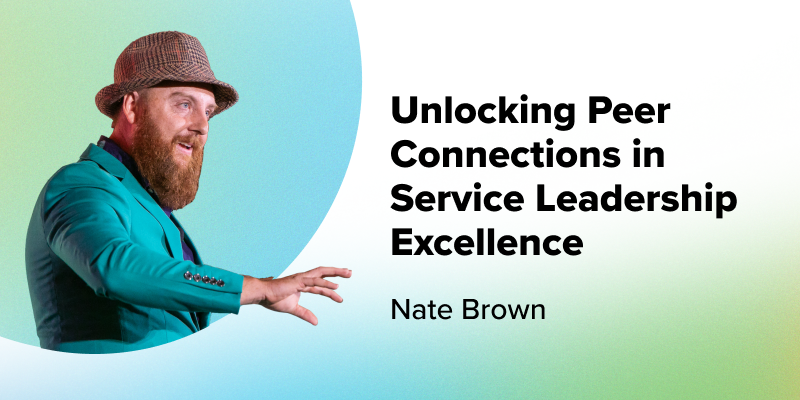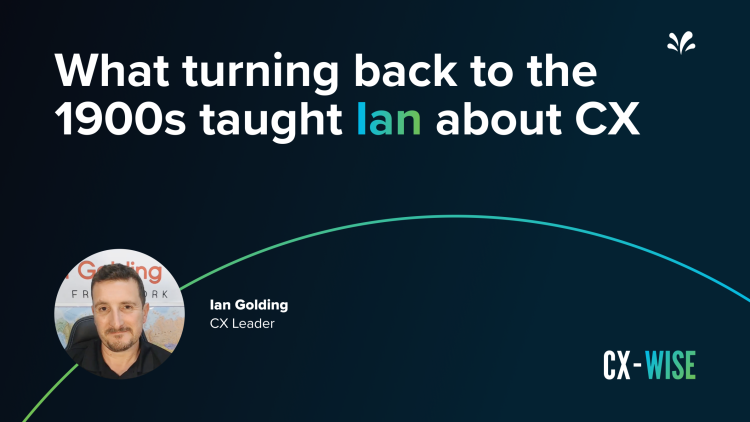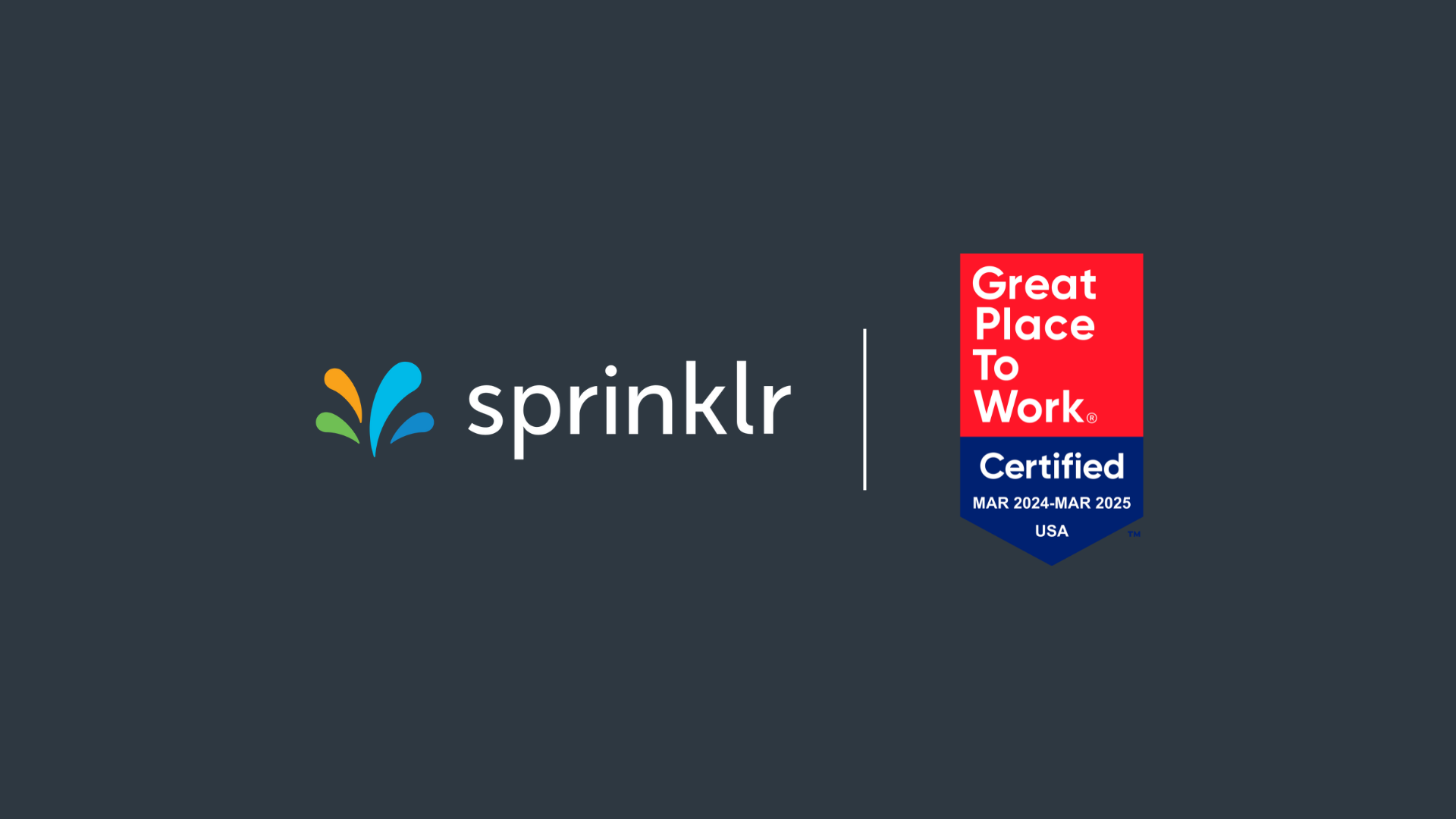Fostering trust, eliminating energy vampires, and aligning incentives are essential for developing peer-to-peer relationships. In this helpful guide for customer service leaders, Nate Brown, CX thought leader, unpacks the building blocks of a peer-to-peer relationship that forms the backbone of exceptional customer interactions.
As service leaders, we spend much time and energy cultivating relationships with our team members. This is critically important. But we may be overlooking the most essential relationship regarding long-term loyalty and quality of work – that of peers to each other.
Gallup has been attempting to clue us in for years. You may remember the question on the famous “Q12” employee engagement survey, “do you have a best friend at work?” I was always baffled by this question. How could that be so important? But then my best friend left the company where I used to work. I certainly understood at that moment! It can feel like the very reason you were in a job is gone, leaving you bereft of motivation.
When we look at the DNA of successful service centers, peer-to-peer relationships form the backbone of exceptional customer interactions. Customer service is not the type of work that can be done in isolation for very long. A network of supportive colleagues is the well from which we draw, allowing us to overflow outward in the form of great CX.
While there is no magic formula for solid connections between people, there are proven things leaders can do to create “fertile ground” for relationship growth. Let’s look at three of the most important ones:
1. A House Built on Trust
Simon Sinek. Kim Scott. Patrick Lencioni. The great thought leaders of our time say the same thing: teams must be built on a foundation of trust. This must come first because, without it, everything else is irrelevant. Even the most generous attempts to serve people will be viewed as manipulation.
It’s important to know where you stand in this area and not make assumptions. Have your team take a simple Five Dysfunctions of a Team assessment like this one. (Unless you already have good pulse survey data that provides real-time insights into trust and much more).
If you find the “circle of trust” to be intact, this is outstanding news. It’s time to deepen these roots and grow something worth sticking to. If you are in the majority and find trust to be on the low side, don’t despair. You know what exactly to work on, and there are proven methods to make progress in this critical area. It starts with exactly what you are already doing, proving to the team that you care about them and are willing to demonstrate vulnerability as a leader. This happened when you gave the team an assessment, shared the results, and committed to doing something about it.
“Doing something about it” may be removing a critical impediment or step two – removing the energy vampires.
2. Remove the Energy Vampires
Energy is one of the most contagious forces in the universe. As Jon Gordon says in The Energy Bus, “To run a successful organization, you must learn to manage people’s energy, including your own.” I’ve always been amazed by how critical the first five minutes of each day are when a leader first engages the team. It sets the tone for everything.
Jon talks about the importance of removing the “energy vampires.” These people “will suck the life out of you, your goals, and your vision if you let them. They can show up at home, with friends, in your team, or at work. These people seem to thrive on negativity.” Customer service work is especially prone to the development of new vampires.
Having the courage to move these individuals forward is paramount.
“A-players will not play with C-players for long – Petra Coaching.
In other words, the cost of not taking action with an energy vampire is that your best talent will leave. They will seek out a team with higher standards where they can reach their full potential – a place that cares enough about the company’s mission and culture and does not tolerate sustained negativity.
I saw this play out very young in my customer service career. A team I worked alongside had an incredibly toxic and selfish energy vampire in its ranks. Sadly, this person was protected through a personal relationship with a high-ranking executive. The service department wanted so badly to move forward, but if this person was present, it would be impossible to advance the team. When this person finally left (something about having to turn themselves in for a prison sentence), it was remarkable how free the team felt to express themselves and start to support each other. We surged forward both in capability and culture. Don’t let an unchecked energy vampire have the same negative impact on your service center.
3. Match Incentives to Desired Behaviors
We may talk about the importance of peer-to-peer relationships as leaders, but often, we incentivize behaviors rooted in competitiveness and personal gain. One example would be allowing only a percentage of employees who reach a certain CSAT number to work from home. This may seem like a motivating perk, but what it creates psychologically is the ‘Wild West’ – it’s every person for themselves.
“Goodness knows I’m not going to go out of my way to assist a peer, as I would be doing so to my detriment.”
Instead of over-using competitive motivators, think about how to reinforce “community-building behaviors” such as:
Being generous with knowledge gained from customer interactions and effectively centralizing it in a knowledge base for all to use
Providing authentic and organic recognition of peers
Being proactive to assist others in meaningful ways
Having the courage to innovate and being vocal with ways to enhance the employee and customer experience
THESE are the behavior types we want to cultivate and incentivize. They produce excellent outcomes in the short term and create fertile ground for outstanding peer connections far into the future. As a leader, when you model these behaviors yourself and make a big deal when you see them in others, you will rapidly accelerate their adoption.
Conclusion
The best service organizations are those that are serving one another first. Influential leaders will not only focus on developing a great relationship with their team members, but they will also focus considerable attention on enhancing relationships between peers. The ROI (return on investment) of these efforts will come from loyalty – for both employees and customers!





